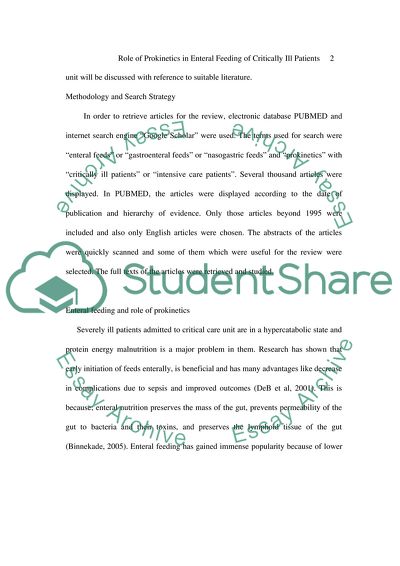Cite this document
(Role of Prokinetics in Enteral Feeding in Critically Ill Patients Case Study, n.d.)
Role of Prokinetics in Enteral Feeding in Critically Ill Patients Case Study. Retrieved from https://studentshare.org/health-sciences-medicine/1744310-establishing-nutrtion-in-intensive-care
Role of Prokinetics in Enteral Feeding in Critically Ill Patients Case Study. Retrieved from https://studentshare.org/health-sciences-medicine/1744310-establishing-nutrtion-in-intensive-care
(Role of Prokinetics in Enteral Feeding in Critically Ill Patients Case Study)
Role of Prokinetics in Enteral Feeding in Critically Ill Patients Case Study. https://studentshare.org/health-sciences-medicine/1744310-establishing-nutrtion-in-intensive-care.
Role of Prokinetics in Enteral Feeding in Critically Ill Patients Case Study. https://studentshare.org/health-sciences-medicine/1744310-establishing-nutrtion-in-intensive-care.
“Role of Prokinetics in Enteral Feeding in Critically Ill Patients Case Study”, n.d. https://studentshare.org/health-sciences-medicine/1744310-establishing-nutrtion-in-intensive-care.


